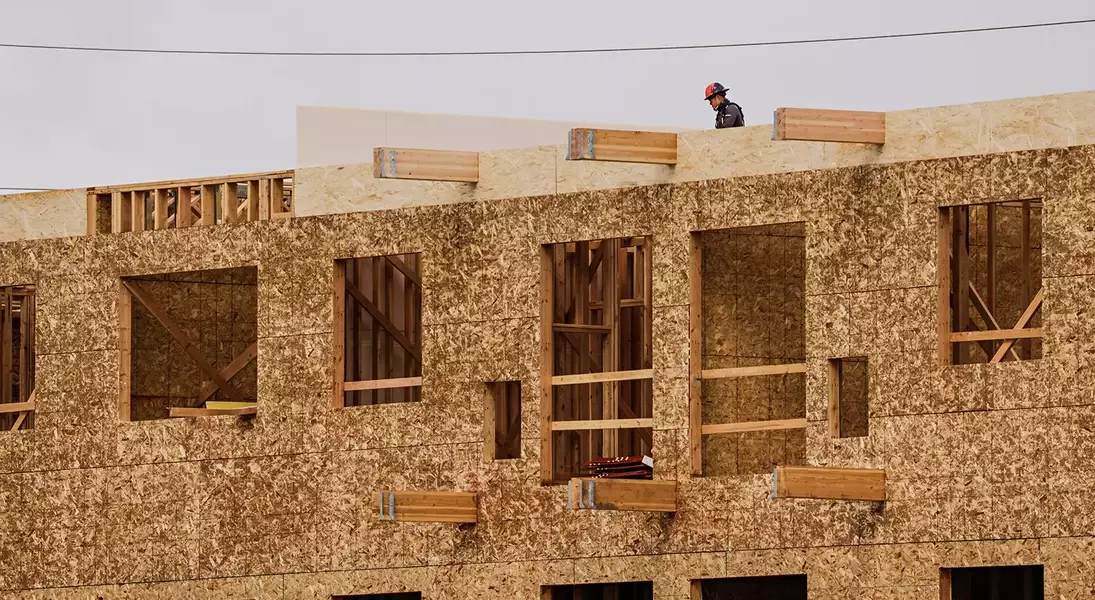The Montana Department of Revenue, which is tasked with maintaining property listings for property tax calculations, is facing a significant issue. According to a study published Thursday by legislative auditors, the department is losing track of hundreds of millions of dollars in new construction each year. This is due to its struggles in keeping data updated. The auditors have pointed out that the department's approach to tracking new development and property-value-boosting renovations, which mainly relies on reviewing building permits, is not effective in ensuring that construction activity is quickly and accurately reflected in the tax rolls. As a result, property owners of newly built or renovated properties receive lower tax bills, while other taxpayers face higher bills. This has implications for public services and the fairness of the tax system.
Key Recommendations for the Montana Department of Revenue
The auditors suggest that the department improve its efforts to reliably track building permits filed with other state and local government agencies. They also recommend expanding the use of aerial imagery to identify development that is not captured via building permits. Additionally, the revenue department can do a better job of managing in-person property inspections to keep data current and retain field office staff. In a formal response to the audit findings, revenue director Brendan Beatty writes that the department generally agrees with these recommendations but notes that implementing many of them would require state legislative authorization for additional funding.Importance of Accurate Property Tax Rolls
In theory, when a vacant lot is developed into a higher-value property or a homeowner makes improvements that increase property value, the department should update its records. This is crucial for calculating fall tax bills each year. The tax bills are calculated proportionately to each property's share of the local tax base. For example, an $800,000 house is responsible for twice the share of school and law enforcement budgets as a $400,000 house. If a homeowner makes a renovation that adds $100,000 to their property value, their tax bill should increase in the next tax year. However, if the department fails to factor in these renovations, the property owner doesn't see the tax increase, and their neighbors don't see the corresponding decrease. This can lead to unfairness in the tax system and affect public services.Impact on Local Government Budgets
New construction is a key funding source for many local government budgets. Under state law, city and county tax collection growth is capped at half the rate of inflation, except for taxes on new development. As a result, local government leaders rely on taxes from new development to keep their budgets workable when public expenses grow with inflation. If the revenue department fails to keep up with new development, it can harm services and force existing property owners to overpay. For example, earlier this year, Bozeman-area local government officials expressed frustration that the revenue department had fallen behind in tracking new construction in Gallatin County. This indicates that the Gallatin County situation is a broader challenge for the department.Challenges in Tracking Property Improvements
Taxpayers are not necessarily inclined to voluntarily report property improvements that could result in higher tax bills. The department's reliance on building permits also puts it at the mercy of different permitting standards in different parts of the state. Rural areas often don't require full-fledged building permits for single-family homes. In some cases, local building officials are hesitant to share permit data because they believe it could discourage property owners from filing for building permits. There is currently no state law that requires local jurisdictions to routinely share permit data with the revenue department in a standardized form. Additionally, department staff often don't have time to check properties to ensure the accuracy of the department's data. More than a third of residential and commercial properties in Montana haven't been inspected in the past six years, and more than one in five haven't been inspected in more than a decade. This is particularly concerning for properties in rural areas that are difficult for department staff to access.Estimated Losses and Comparisons
At a state level, the auditors estimate that the revenue department is failing to identify about 14% of the new value of residential construction each year between 2018 and 2023. This amounts to about $300 million annually or $1.2 billion over the six-year period. In comparison, the total value of residential properties across Montana was about $114 billion in 2023, and Montana taxpayers paid about $1 billion in property taxes on residential properties in 2022. The failure to accurately track new construction has significant financial implications for the state and local governments.You May Like

